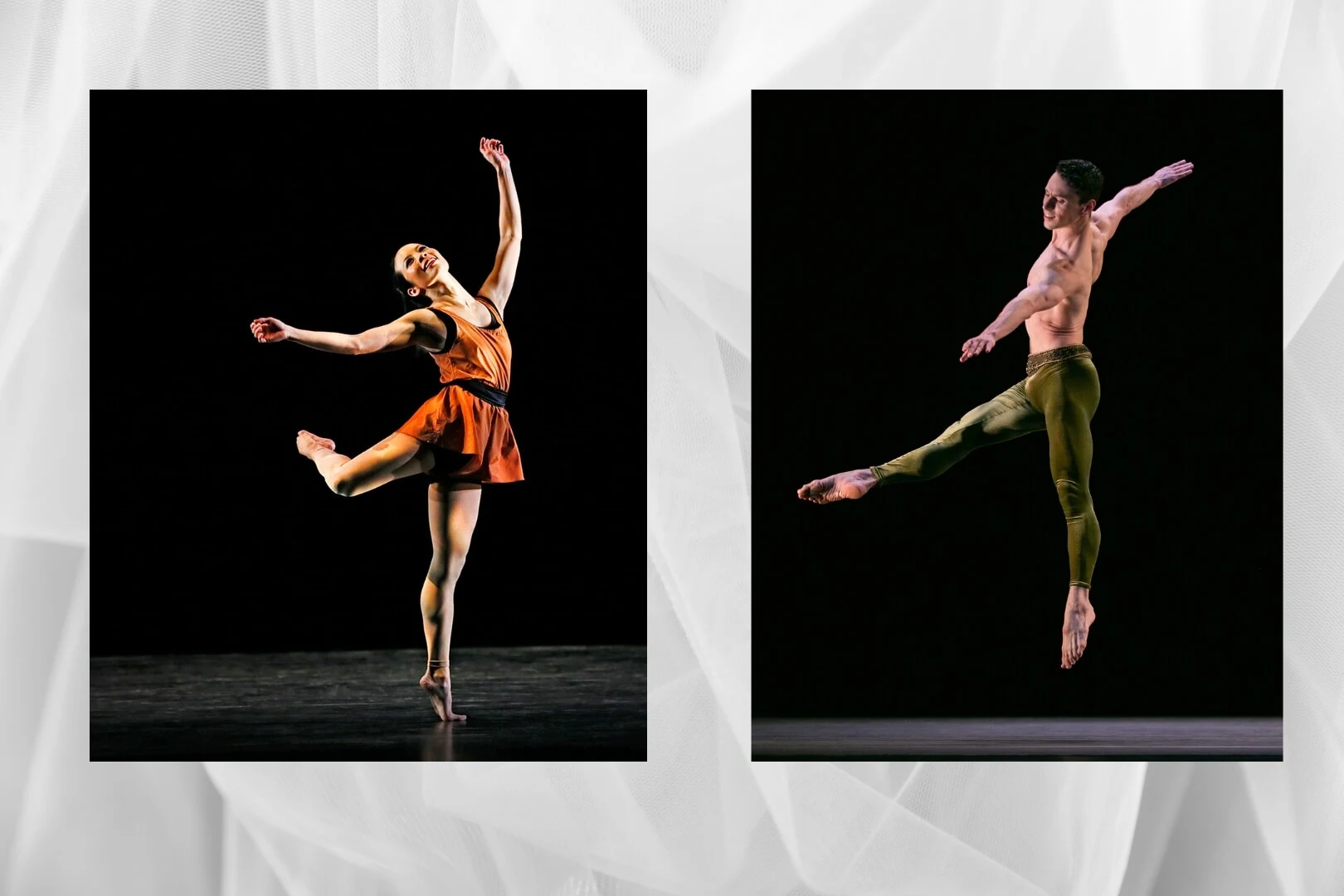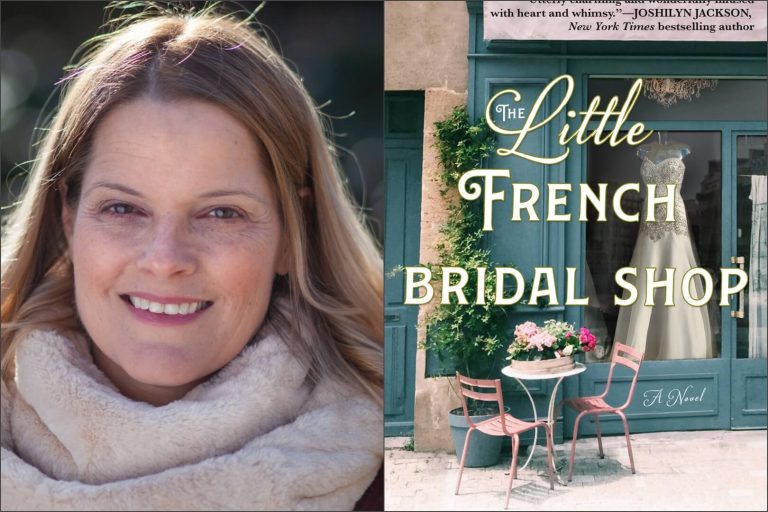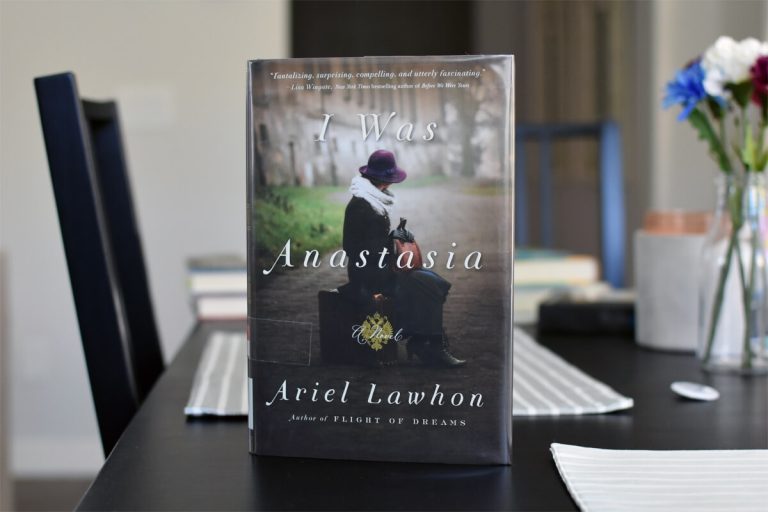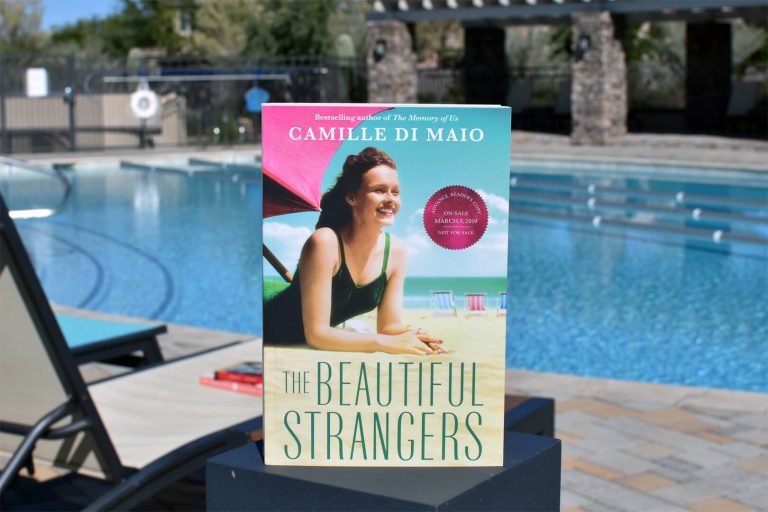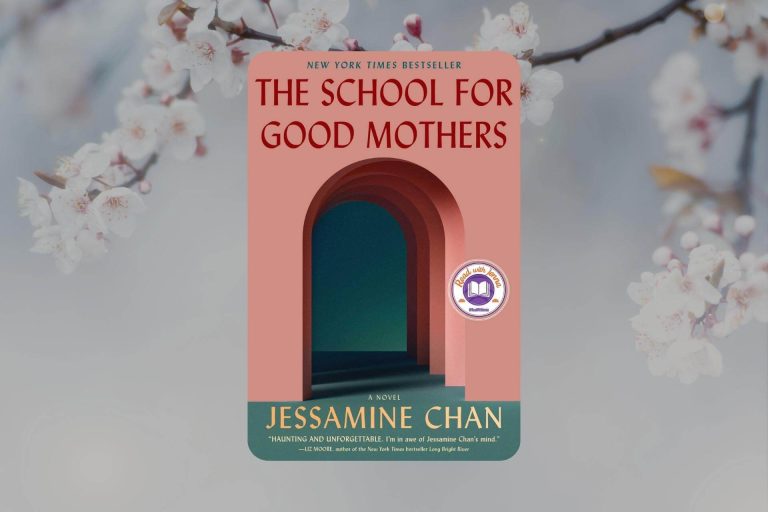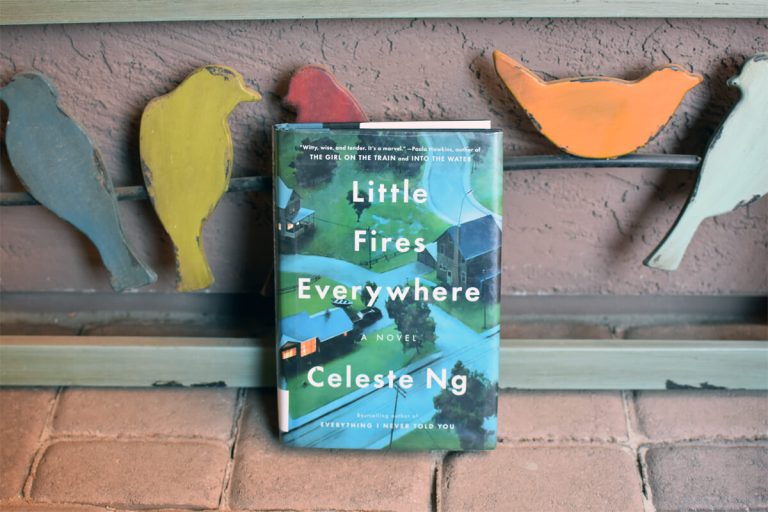Let’s meet the inspiring Paul Taylor Dance Company book club, a group that combines their love for literature and dance.
The Paul Taylor Dance Company is one of the foremost modern dance troupes in the world. Dancing is an absolutely physical endeavor as they physically train their bodies every day. But what also benefits the dancers is nourishing their minds by experiencing other cultural treasures, like books.
The Paul Taylor Dance Company book club allows dancers to stay informed of the world around them, which informs the dancing they do on stage. It also allows historic pieces to find relevant significance today and much more.
Since 2019, PTDC dancers, production and creative teams have met to discuss all kinds of books. The group has met while on tour across the country and in each other’s homes. In addition to building cultural literacy, these meetings have strengthened the company’s bond on and off the stage.
In the following Q&A, Paul Taylor dancers Madelyn Ho and John Harnage provide insight into how reading different stories informs their artistry. And they also share the books they recommend for reading.
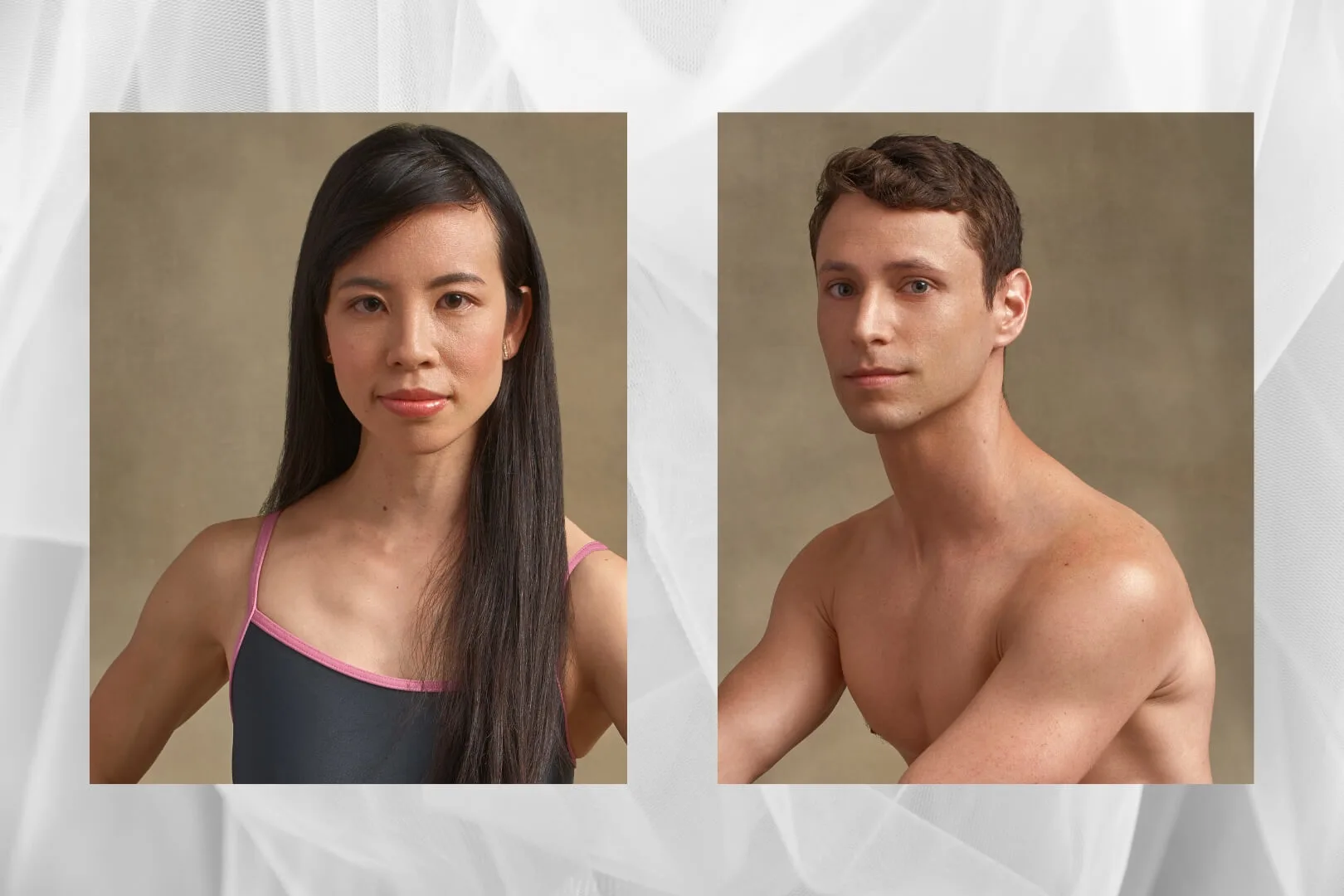
Q: What are some of your favorite books?
John Harnage: So many books have been important to me or impactful in some way, so narrowing it down to just a few is challenging. And the longer I think about it, the more I keep adding! So here are just a few before the list gets too long: The Line of Beauty by Alan Hollinghurst, A Brief History of Seven Killings by Marlon James, The Goldfinch by Donna Tartt, Just Kids by Patti Smith, One Hundred Years of Solitude by Gabriel Garcia Marquez, A Home at the End of the World by Michael Cunningham, A Little Life by Hanya Yanagihara, The Wind-Up Bird Chronicle by Haruki Murakami, The Overstory by Richard Powers, To Kill a Mockingbird by Harper Lee, and Another Country by James Baldwin.
Madelyn Ho: I love science fiction. I enjoy how the author starts with a principle or particular idea as a given and then extrapolates an entire world, or even universe, that would exist within those parameters.
Some of my recent favorites are The Three-Body Problem, The Dark Forest, and Death’s End by Liu Cixin, The Murderbot Diaries series by Martha Wells, which starts with All Systems Red, A Memory Called Empire and A Desolation Called Peace by Arkady Martine, and The Windup Girl by Paolo Bacigalupi.
I enjoy historical fiction, too. Some of my favorites are Sea of Poppies by Amitav Ghosh in the Ibis Trilogy, A Fierce Radiance by Lauren Belferz, and The Lost Apothecary by Sarah Penner.
A book I really identified with is Sour Heart by Jenny Zhang.
Q: Have you always been a reader or is this more of a new hobby?
J: I’ve always enjoyed reading. But ever since college, where my education was primarily in Dance, I felt compelled to step up and challenge myself to read more to expand my mind and worldview beyond what I see and experience every day.
M: I loved books as a kid but took a hiatus to make time for assigned reading. I have now gotten back to reading for personal enjoyment.
Q: Tell me how the Paul Taylor Dance Company book club came together. Why was it important to establish a book club for the dancers?
J: The book club came about quite naturally. One morning, over breakfast on tour, we talked about books we’d read or wanted to read.
M: I mentioned wanting to read Pachinko by Min Jin Lee, and then you (John) said you always wanted to read it.
Then someone else said the same. So, why not read it together? Later, a few more people heard we were reading a book and asked to join, and we said of course.
We set a date to finish it and then met at a Korean restaurant (for thematic reasons) to discuss the novel.
J: What followed was a great evening where we discussed the novel and had a lot of fun at the same time.
Different people brought their unique viewpoints that offered different lenses through which to think about the book, and we managed to do so over a lot of laughter and great food.
Afterwards, we decided we wanted to do it again.

Q: What have been some of the key benefits of participating in the book club together? Can you provide insight on how reading different stories enriches your artistry?
J: A dance company is strengthened by its dancers’ ability to know and trust one another when performing. One of the best parts about a book club is the opportunity to gain new insights and learn more about each other.
M: This club comprises our coworkers, with whom we work closely and intimately almost every day. And yet sometimes, after reading a book together, someone will say something or have a totally unexpected opinion. This new appreciation, ultimately, helps inform our dynamics both in the studio and onstage.
Q: Can you highlight some of the books you’ve read that were especially impactful?
M: Pachinko because it established our desire and love to read together. The Overstory because it garnered profound responses from everyone who read it and led to a beautiful discussion on art, science, love, and nature. And Interior Chinatown because it explored what it means to be Asian American, not only in general but within the entertainment industry, specifically. Several dancers in the company identify as Asian American, and reading the novel together led to a powerful discourse about their experiences and gave insight into how they relate to our own company and relationships in certain circumstances.
Q: We would love to hear some of your book recommendations. What are some of the books you recommend for book clubs?
J: Every American should read James Baldwin’s Another Country. I’ve never read anything else that captures so beautifully, powerfully, and tragically how the intersections of race, class, sex, gender, and orientation collide in this country. So, I implore book clubs everywhere to pick up this novel and embark on what would undoubtedly be a significant journey and discussion for all!
M: My recommendation for book clubs is to read a range of books. The diversity in authors, topics, and genres all add to the richness of conversation and expand my understanding and connection with others’ experiences and perspectives. One successful way to do this is to rotate who picks the next book to read. I especially enjoy reading books I would not necessarily pick up alone. I highly recommend reading Private Domain, which was nominated by the National Book Critics Circle as the best autobiography of 1987. The book is by Paul Taylor and gives excellent insight into the choreographer and the Paul Taylor Dance Company. And it’s a fun read!
The books that we have read for book club are the following:
Pachinko by Min Jin Lee
The Water Dancer by Ta-Nehisi Coates
The Left Hand of Darkness by Ursula K. Le Guin
The Herd by Andrea Bartz
The Topeka School by Ben Lerner
Dear Girls: Intimate Tales, Untold Secrets and Advice for Loving Your Best Life by Ali Wong
I’ll Be Gone in the Dark by Michelle McNamara
Shuggie Bain by Douglas Stuart
Sacre Bleau: a Comedy d’Art by Christopher Moore
Crying in H Mart by Michelle Zauner
A Little Life by Hanya Yanagihara
The Memory Police by Yoko Ogawa
The Warmth of Other Suns by Isabel Wilkerson
The Overstory by Richard Powers
Interior Chinatown by Charles Yu
The Prophet Song by Paul Lynch
Q: What are you currently reading, and what’s on your TBR (to be read) list?
J: At the moment, I’m reading Kairos by Jenny Erpenbeck. Still on my TBR list for the summer are The Sellout by Paul Beatty, In Ascension by Martin MacInnes, A Boy’s Own Story by Edmund White, and In Memoriam by Alice Winn.
M: I am reading Adrian Tchaikovsky’s Eyes of the Void. My to-be-read list is endless, but some on the list are The Bee Sting by Paul Murray, Lady Tan’s Circle of Women by Lisa See, and Yoon Ha Lee’s The Machineries of Empire series.
